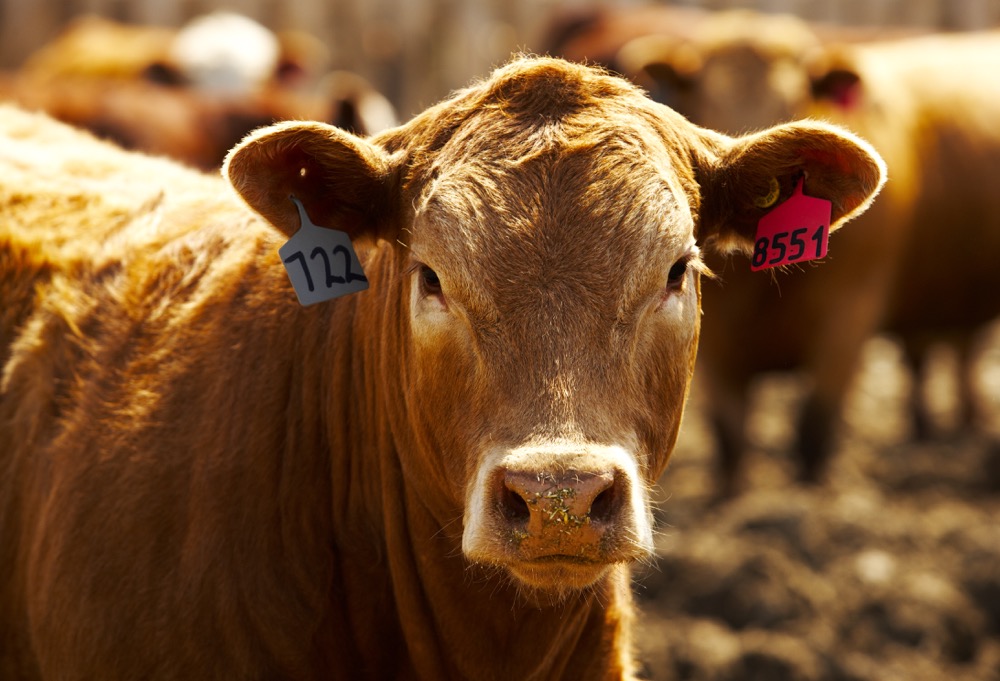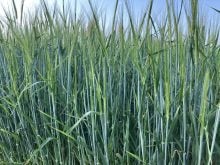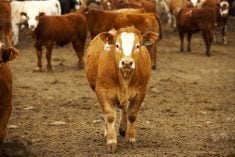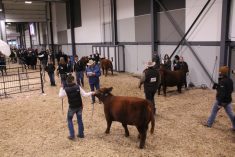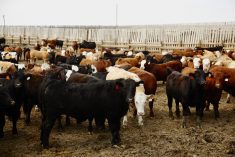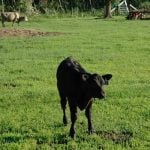Fed cattle
The fed cattle cash market continues to trade in a relatively flat pattern, waiting for the prospect of the typical spring rally. Plagued by larger front-end supply and longer lift times, fed cattle have traded in the low $160s/cwt since the start of 2022. Wholesale prices have started to move higher, which is typical for this time of year. However, packers are comfortable with their inventory, which has kept fed cattle prices from seeing any significant seasonal rally as of yet.
Larger-than-normal front-end supplies are a result of drought placements in 2021 as feeder cattle placements were aggressive through the start of the fall run. However, in the last four months they have been under year-ago levels, suggesting supplies will tighten soon. The average fed cattle price as of April 8 is $163.29/cwt, which is $12.47/cwt higher than the same week in 2021. The cash-to-cash basis has narrowed in recent weeks, but is still -$11.28/ cwt. This is still wide when compared to the five-year average of -$2.31/cwt.
Read Also
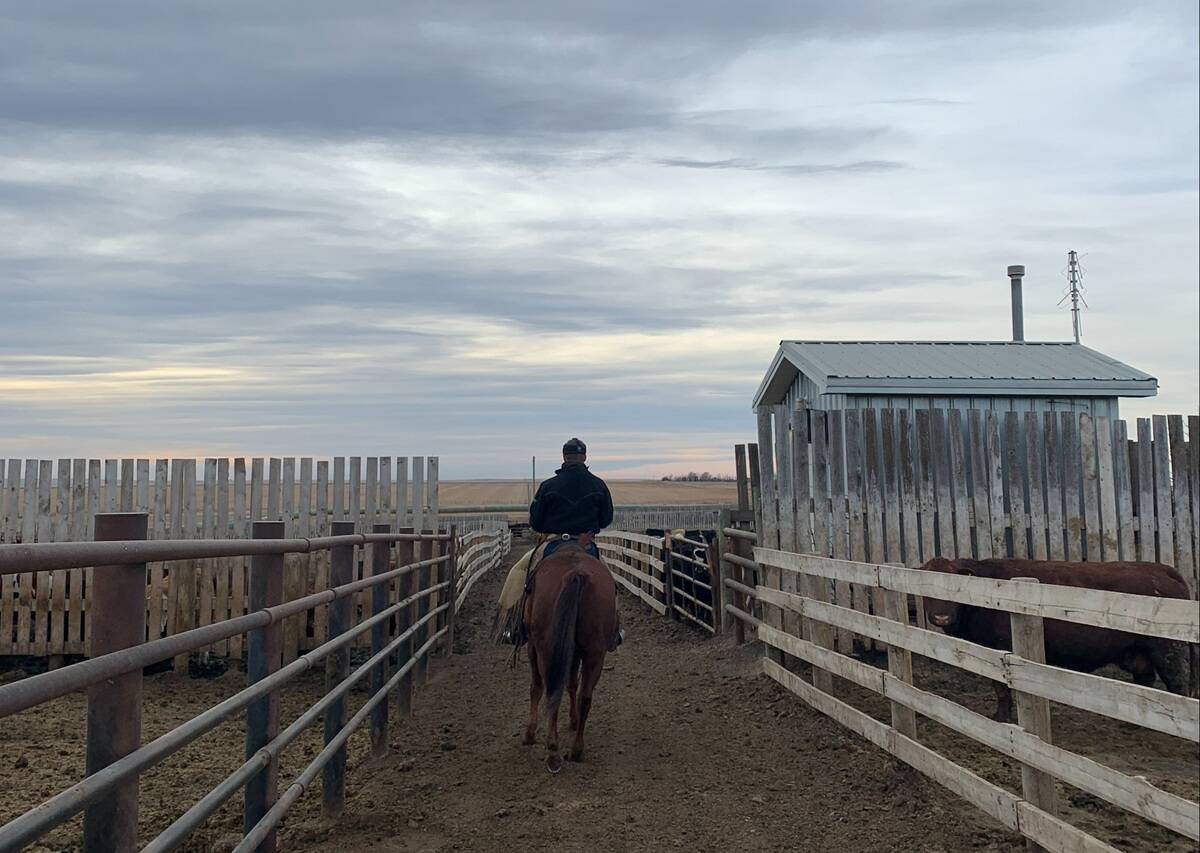
Pen riders still better than tech at detecting respiratory disease in feedlot cattle, says researcher
Recent research found that pen riders are better than tech at flagging signs of BRD in feedlot cattle
Fed cattle exports — including cows — through the first 12 weeks of the year total 128,993 head, up eight per cent from last year. Also through the first quarter, fed steer slaughter was up two per cent to 406,929 head, while heifer kill increased eight per cent to 290,182 head. Steer carcass weights jumped the first week of April, likely a result of longer lift times and favourable feeding weather in March. The start of April saw an average steer carcass weight at 949 lbs., an 22 lb. increase from the end of March, but just a one pound increase from a year ago.
Deb’s outlook for fed cattle: Recent smaller on-feed placements indicate that once the backlog clears, feedlots should gain leverage, supporting the cash market. Cut-out values have improved; however, inflation still stretches consumers’ dollars. For now, beef demand remains solid.
Russia’s invasion of Ukraine has added uncertainty to the cattle market. But provided there isn’t
a new historical event affecting the cattle industry’s seasonality, supplies should tighten, demand improve seasonally and prices rally as we move towards summer.
Feeder cattle
High feed grain prices and limited availability continue to affect the feeder cattle market. Although prices have maintained a higher level than a year ago, the reluctance to procure due to feed grain uncertainty can be felt in the cash markets. At the same time, while grass cattle projections show signs of potential profit, it’s still uncertain if grass conditions will favour stocking in the spring. This is keeping a lid on lighter-weight calves as well. The 550-lb. steer average in mid-April was slightly lower than at start of the month at $229.17/cwt.
Heavier feeder prices have trended mostly steady to lower as feedlots deal with larger on-feed inventory, longer lift times and uncertain feed supply. The 850-lb. steer price (for April 8) was $186.70/cwt, which is $5.91/cwt higher than a year ago. At the same time, barley is 40 per cent higher and Omaha corn is up 32 per cent.
The 850-lb. feeder basis remains wider than typically normal for April, at -10.07/ cwt, which compares to a five-year average for the same week of -6.57/cwt. The wider basis, coupled with the local feed disadvantage, continues to encourage increased exports. Feeder exports to the U.S. are 74,552 head to the end of March, which is an increase of 357 per cent when compared to last year.
Deb’s outlook for feeder cattle: Grass cattle buyers eagerly await spring moisture and green grass. Mid-weight prices will respond if pasture conditions show promise. Shorter-keep cattle would appeal more if cost of gain eased heading into a typically more sluggish summer fed market. Near term, expect mostly steady prices as feedlot margins remain negative.
Further out, watch the Ukraine conflict. Russias invasion drove up fuel and fertilizer prices, which could significantly affect the local feed grain market and, subsequently, the feeder market. Moving through the second quarter, tightening feeder supply and feeder cattle exports will still support the market. Spring moisture and feeding margins will influence the feeder market’s direction in the coming months.
Non-fed cattle
The bright spot in the cattle industry remains the non-fed market. Demand for grinding and trim meats is strong, supported by a normal seasonal increase. As well, inflation is affecting consumers dollars and directing them to lower-priced cuts. D1,2 cow prices have experienced a 32 per cent increase since the start of 2022. That’s an increase of $23.59/cwt since the first week of January. Compared to last year, the price average for April 8 is 10 per cent or $9.24/cwt higher.
Cow slaughter in Canada is six per cent larger than a year ago, with 125,774 head processed through the first quarter. At the same time, bull slaughter is down 25 per cent at just 2,757 head. Bull exports for slaughter are also lower, down two per cent at 6,451 head. The reduced number of available bulls has been met with higher prices than a year ago. The average is $121.46/cwt as of April 8, which is over $13.50/cwt higher than the same week of April 2021.
Deb’s outlook for non-fed cattle: Commercial operations are in the full swing of calving, limiting supplies to meet spring demand. Strong beef demand has helped support cow prices as consumers buy more ground beef this time of year. Expect prices to be steady to higher moving towards summer not only because of the season but also the relative retail value of ground beef to other beef products.

